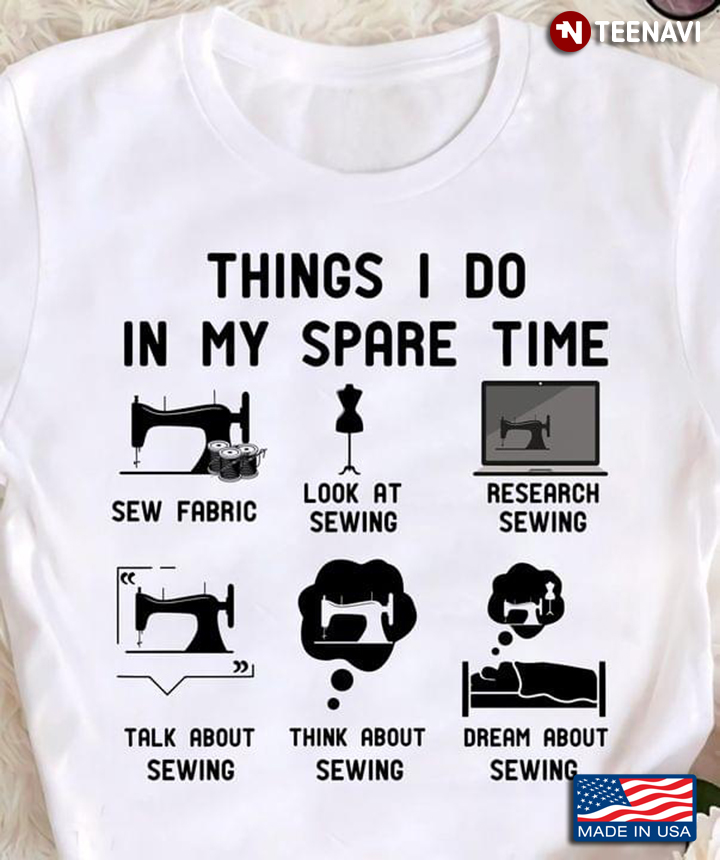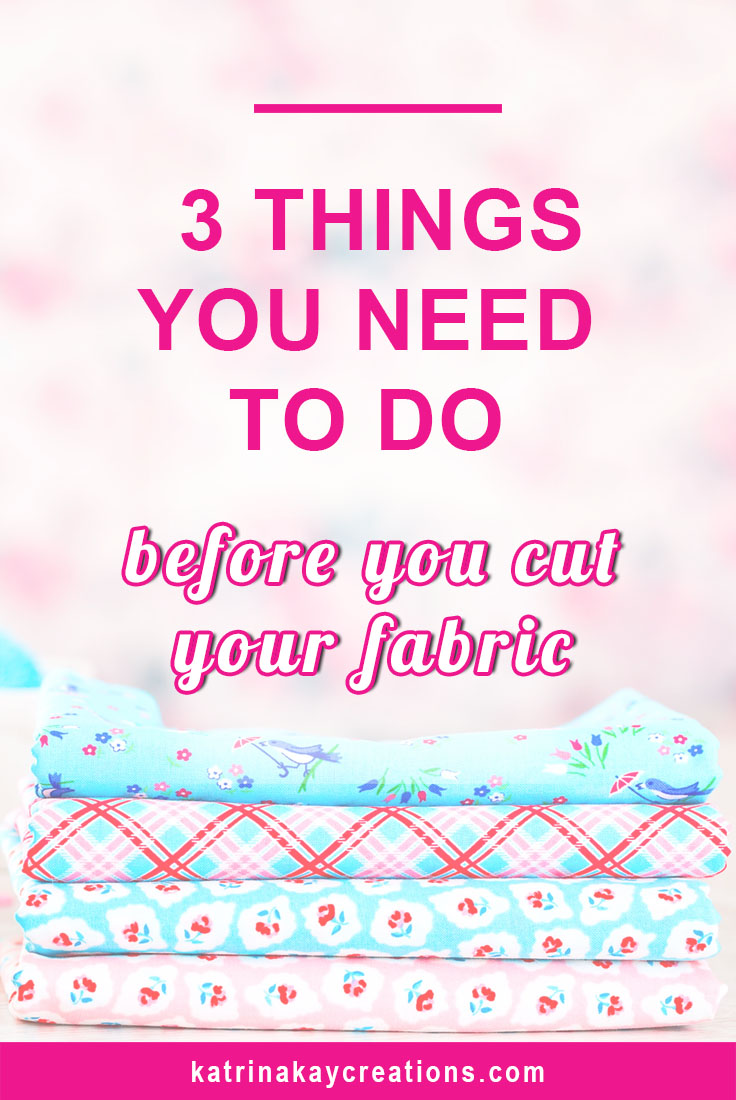Unknown Facts About All 4 Way Stretch Fabrics
Unknown Facts About All 4 Way Stretch Fabrics
Blog Article
All 4 Way Stretch Fabrics for Beginners
Table of ContentsAll 4 Way Stretch Fabrics - TruthsThe Best Strategy To Use For All 4 Way Stretch FabricsThe 10-Minute Rule for All 4 Way Stretch FabricsHow All 4 Way Stretch Fabrics can Save You Time, Stress, and Money.Unknown Facts About All 4 Way Stretch FabricsThe 10-Second Trick For All 4 Way Stretch FabricsSome Ideas on All 4 Way Stretch Fabrics You Should Know
As I additionally desire UV defense from my garments when I go out, I would certainly pick a densely woven cotton fabric. Also the underclothing is much better in cotton (No spandex bands anywhere near the skin). Take a look at the best textiles suitable for making summer season clothes. Another consideration when buying the fabric is the method it will after washing.A risk-free bet would certainly be to buy at least 10% extra textile. If you can buy preshrunk textile, this is the ideal.

If you are matching the shade, like choosing the cellular lining for the major textile or picking fabric to include as trim, this is particularly vital. The fabric showrooms will generally have a light well where you can see the material in sunshine (or a window with excellent light from outside).
The Best Guide To All 4 Way Stretch Fabrics

The majority of materials have to do with 44 wide. When you most likely to buy fabric, quote just how a lot you desire first and after that most likely to the shop. Have a look at this blog post to recognize the solution to this frequently listened to concern "Just how much material do I require". With a fat quarter, you will obtain an 18 wide by 22 long.
These are available in the stores I regular as cut items they are mostly valued reduced and several of them, when they are last off the bolt, valued really reduced. You will need to ask the sales representatives for pieces like that. Some great deals can be had in this manner. In dressmaking, we purchase textile by the yard/meter.
The Of All 4 Way Stretch Fabrics
In a quarter of a backyard, you get a 9 by 44 strip of textile, which has to do with 22 cm in length. It is always far better to buy broader fabric. According to the size of materials, they might be called single-width and double-width. Solitary width is generally approximately 49 inches in size and dual size approximately 60.
You can find out more about backyard to meter conversion right here. Take a look at this article on checking out a measuring tape Choose fabrics that are not also tough or inflexible, or you would not fit in them. Bed linen, Denim, flannel, For chillier climates, choose wool (100% as well as wool blends) woollen tweeds, wool crepe; it primarily relies on what trousers you are discussing Tailored pants, Unstructured Pant, Combined, Denim.
All cotton materials are good for children. Knit materials are additionally terrific for children you can go for woollen knits.
All 4 Way Stretch Fabrics Can Be Fun For Anyone
Cotton yard cloth in pretty prints is wonderful. Silk jersey is a fantastic material for stitching skirts, as is Ponte Roma weaved textile.
Likewise, drapey rayons, soft woollen, lycra blends, and stretch velvets are all appropriate for stitching skirts. Woollen (Woollen crepe has a wonderful drape and gives enough framework for coats; woollen tweeds are wonderful too), Bed linen & Flannel. Velour (Inspect out the slouchy velvet blazer tutorial, incidentally). Lightweight knits are good for free-flowing coats like this waterfall coat pattern Raw silk, satin, taffeta, velour, Shoelace, silk chiffon, and Fabric are all great for making dresses.
You can acquire medium-weight fabrics with some spandex/elastane included for a suitable bodycon-type outfit. For drapey dresses, you can choose lightweight textiles. Crepe, challis, and charmeuse are all drapey textiles fit for this design.
Light-weight cotton fabric, Cambric, Chintz, Twill, Faille, Seersucker, Poplin, light-weight woven broadcloth, batiste, linen, eyelet are excellent for making shirts and blouses. I like chiffon shirts. Smooth satin fabric benefits making ventilated tops. Take a look at the post on the 7 best textiles for making t-shirts. Making shawls and scarves require different factors to consider for the fabric check out this article on the fabrics for making scarves When acquiring patterned material (many of the patterned material comes with a size of 45 or 54 inches), there will certainly be pattern repeat in these materials, and this need to be taken into account when cutting textile in addition to acquiring them i.e., if you intend to match the patterns at the seams.
The Of All 4 Way Stretch Fabrics
The motifs will be distributed in a planned fashion on the fabric. You might discover in some cases If the print is not put on the material correctly, it can not be matched or lined up when constructed without distorting the fabric and the hang of the garment.


You can discover more about grain and grainline of fabric here. The fabric weight depends on several variables like the weave, fiber kind, etc and is normally represented by GSM. GSM can vary from 60 -700; 700 being the GSM of extremely top notch woolen fabric. A denim material has a GSM of 400, relying on the weave.
One point you have to maintain in mind is that greater textile weight does not signify greater fabric high quality. You can not pick high material weight material jeans for a lightweight floating stole.
Examine out the checklist of the 70+ various material surfaces and treatments. Essentially, the most important standards to seek in the fabric you acquire are as adheres to. The variety of strings per inch of fabric (yarns-per-inch). Higher the thread matter higher the number of threads woven per inch, and the higher the quality.
3 Easy Facts About All 4 Way Stretch Fabrics Shown
This is really important in any fabric. In premium textile, this equilibrium (either in numbers or in dimension) will certainly constantly be kept. Procedures made use of on textile to boost look and efficiency. The fibers that are woven to make the textile will certainly either be as a solitary hair or will certainly be created by combining 2 threads (turned).
A two-ply thread is remarkable to a single-ply thread.
If you are preparing to start a brand-new stitching job, selecting a fabric will certainly be the most vital step as soon as you decide what you wish to make. After you've gone to all the trouble and cost of buying the sewing maker you like, a pattern you like, and a material you like, you want the completed item to be a success? Read More Here One way to achieve that is to start by making sure your fabric is genuinely best for the project.
The Definitive Guide to All 4 Way Stretch Fabrics
As an example, if you're making a quilt, you'll automatically want to use quilter's weight cotton for finest results. What if you want to make an item of clothing? Exactly how do you recognize which material will offer you the very best result? Selecting a fabric just because you enjoy the print or design on it isn't necessarily the ideal approach.
In order to prevent doing a whole task for virtually absolutely nothing, we've compiled some pointers to help you decide which textile is best for your task. Allow's say you currently have a project in mind; how do you locate the ideal textile for it?
After that, consider the characteristics you desire the completed product to have. If clothes, will it be fitted or loosened? Dressy or everyday? For cozy weather or cold? Do you desire a solid shade or a print? If you are making a non-wearable item such as a cushion cover or pot holder, make use of a tough textile such as canvas.
There is a lot info available regarding textiles, their characteristics, and their usages, it might obtain to be overwhelming! So don't try to take it in all at as soon as; simply begin with the task handy. Discover all you can about the material you utilize for this job.
Report this page